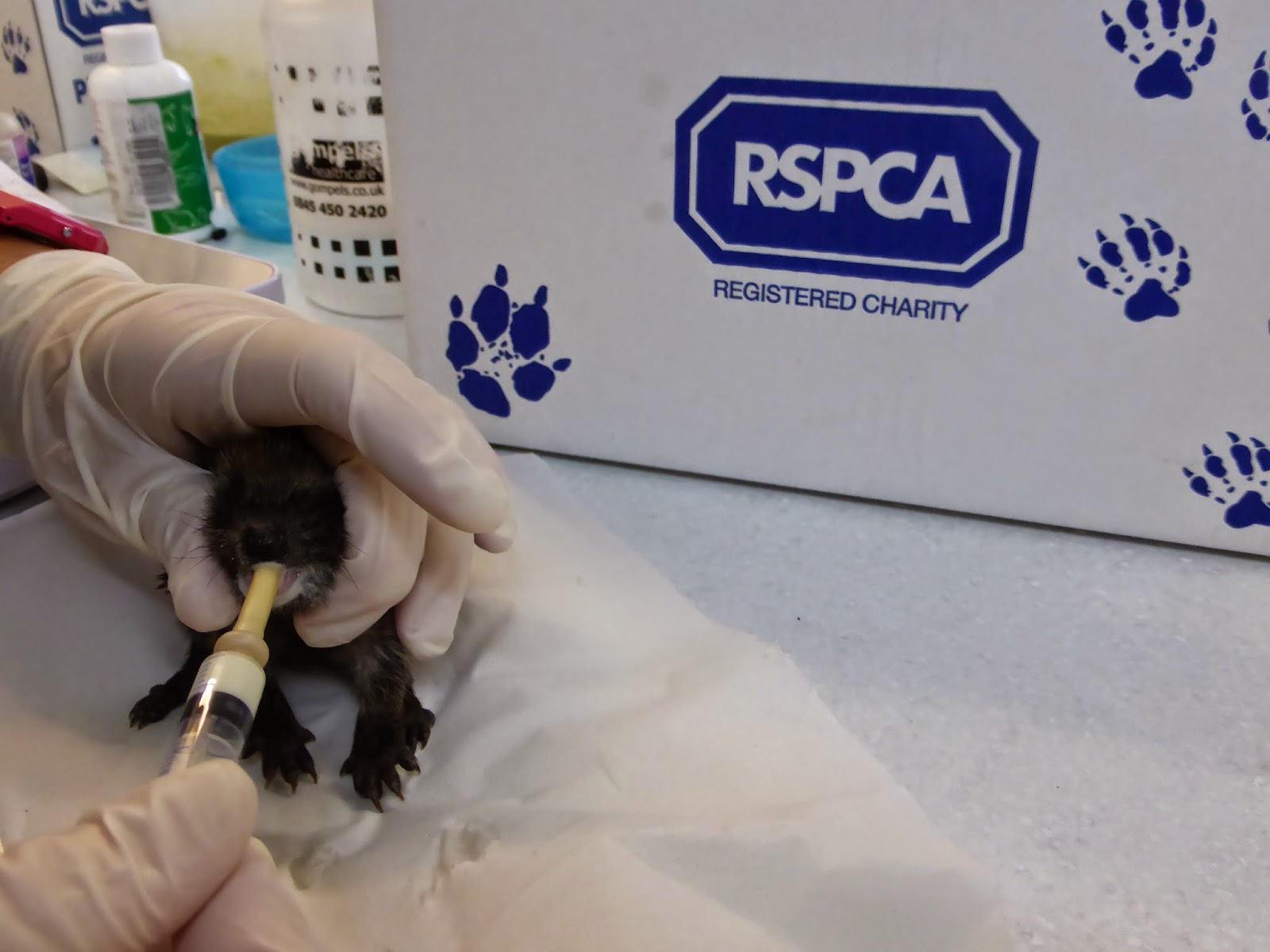Stapeley Grange's Education Team (supported by CJ
Wildlife and Wild Aid) gave members of the public a fantastic opportunity to
learn more about and to experience the wonder of bats in their natural environment during last weeks Bat Walk + Talk event. Our visitors felt privileged when given a very brief glimpse of one our patients, a Brown Long Eared Bat, which was being attentively cared for by one of the team's vet nurses.
After some brief introductions and the obligatory health and safety announcements it was time to head out to find some of our local wild bat residents. As well as caring for the 1000s of animals that arrive at our doors each year we are also committed to promoting local wildlife populations and have over the last 12 months planted 900 trees around the site. The site already had a selection of woodland areas, a pond and a large number of bird and bat boxes but we are keen to expand on what we have. We hope that over the coming years we can develop a woodland walk way around the grounds which will be an extension to the current small wildlife garden and the surrounding farmland. Although this will be open to visitors there will be no impact on the animals in our care which will always remain our priority.
So..geared up with torches and bat detectors we were lead by Charlie Pass (Education Officer and batmaster for the evening) to visit three pre-selected locations hoping to
catch a glimpse of our resident bats.
Straight away the detectors picked up on their echolocation
calls, sounds that humans are normally unable to hear. Echolocation allows bats to build up a
picture of their surroundings and to hunt for insects.
We eagerly looked around as we heard the different intensities of clicking and even some ‘raspberry blowing’ which we were told was not them being rude but actually indicates they have successfully caught an insect! The group was rewarded with many fantastic sightings (mainly common pipistrelles) with the bats showing off their incredible aerial abilities.
Back at the Centre, Lynne - one of our volunteers, had laid on a small spread of yummy cakes, all washed down with a cup of tea or coffee. Charlie then finished off with a fascinating talk about bats, the various species, their feeding behaviors, habitats and how bats are misunderstood as a result of many films and myths which have given them a bad name over the years.
By
Michelle Bite
Sponsors of Stapeley Grange Wildlife Centre and Cattery
'Support RSPCA Stapeley Grange now by giving just £3, simply text RSPCA2 to 70007‘
Texts cost £3 + standard network rate
'Support RSPCA Stapeley Grange now by giving just £3, simply text RSPCA2 to 70007‘
Texts cost £3 + standard network rate



.JPG)




